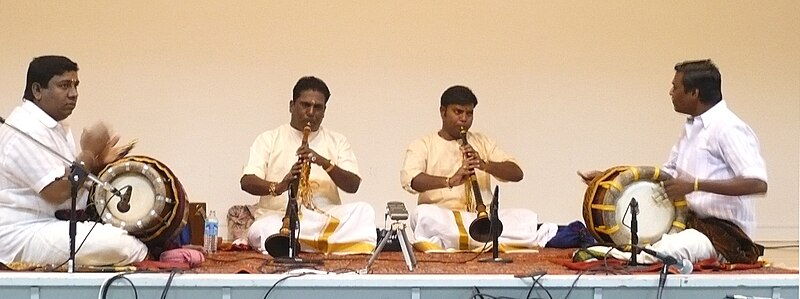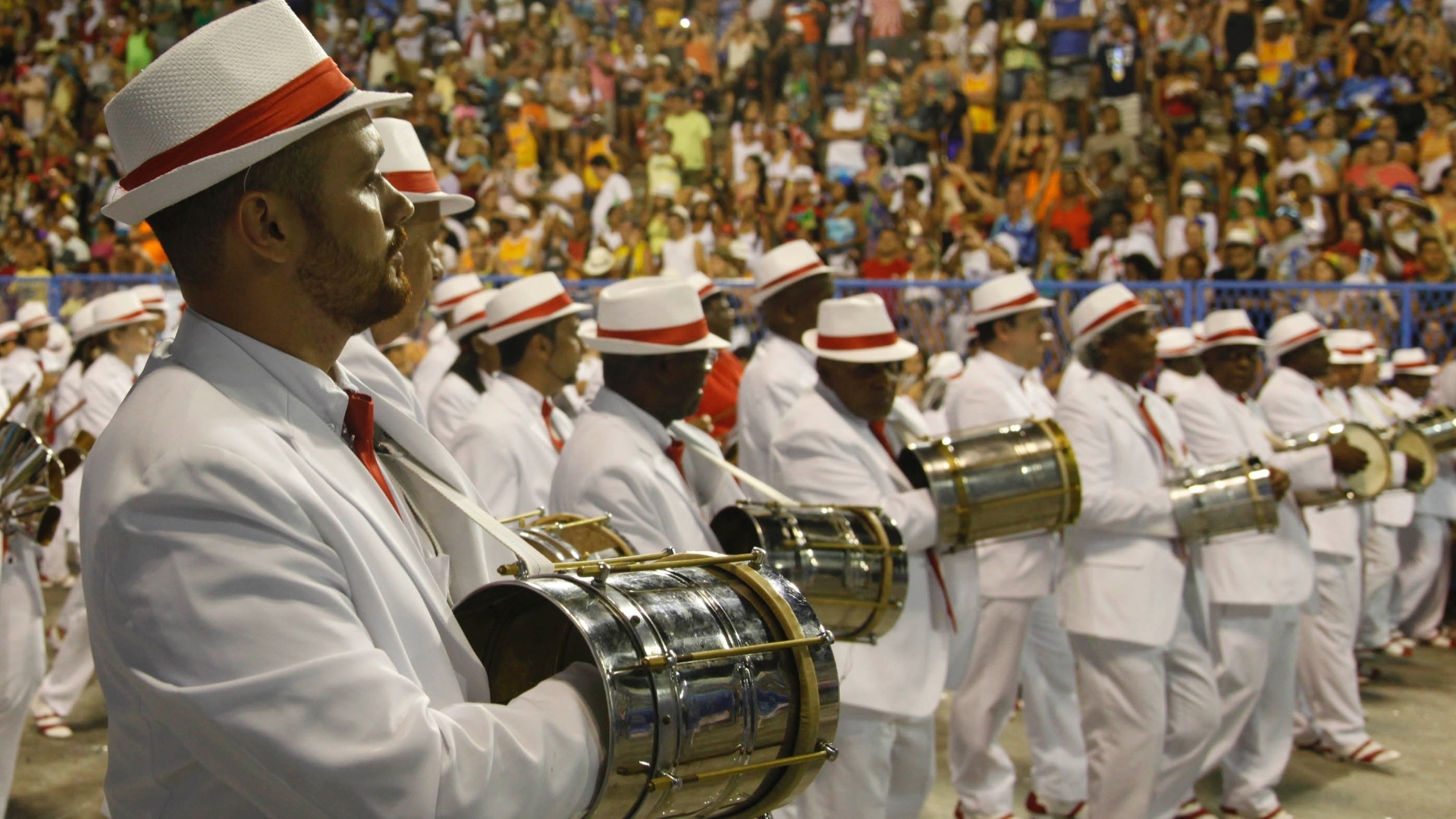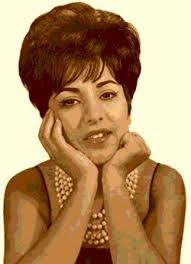Sea of Rhythms
Le Bain D'Or
1992
Tracks:
1. Le Bain d'Or, Pt. 1
2. Po Mwin Bondye
3. Le Bain d'Or, Pt. 2
4. Le Loup
Le Bain D'Or
1992
Tracks:
1. Le Bain d'Or, Pt. 1
2. Po Mwin Bondye
3. Le Bain d'Or, Pt. 2
4. Le Loup
Personnel:
From Reunion Island:
Filip Barret: Bass
Danyel Waro: Vocals
From Tamil Nadu:
S.Balachandran: Vocals
A.R.P.Ganesan: Nadaswaram
M.S.Kalyanasundaram: Tavil
G.Muralikrishan:Tabla, Konnokol
V.Muruganandan: Violin
S.Sakthivel:Mridangam
S.Sethuraman: Kanjira
J.Sowrirajan: Morsing
♫☆`*♥¸¸.•*¨*•♫☆`*♥¸¸.•*¨*•☆♫
.ღ•:*´♥`*:•ღ.
♫☆`*♥¸¸.•*¨*•☆♫`*♥¸¸.•*¨*•☆♫
.ღ•:*´♥`*:•ღ.
♫☆`*♥¸¸.•*¨*•☆♫`*♥¸¸.•*¨*•☆♫
The somewhat obscure CD by Filip Barrett and Danyel Waro's Sea of Rhythms ensemble, Le Bain d'Or, combines Indian nadaswaram flutes, electric bass, tavil, tabla and mridangam drums with vocals and violin for another example of highly dynamic, melodic music. Again, it was only the music which was present in the room and one needed just a little imagination to sit in the half circle of musicians playing there right in front of us on the floor.
The essential bastard nature of La Reunion is something that Waro
endorses with insistent zeal throughout our various conversations. The
island is without doubt a miniature rainbow ‘nation’ with a
scrabble-ready collection of richly hued Creole words to describe its
various ‘tribes’; kaf (black African, from Arabic kafir meaning ‘unbeliever’), Malbar (anyone of central Asian descent, after the Malbar coast, where the first Indian arrivals on the island came from), yab or ti blan (small time poor white farmer), Malgache (anyone from Madagascar), Komor (anyone from the Comoros), Sinwa (Chinese), Zarabe (Arab or Muslim) and Zoreil
(wealthier French landowning or administrative class). The fact that
all these ethnic groups coexist on their tiny island in relative peace,
each with their own faiths, rituals, feast days, music and food, at
times separate, at times combining and mingling, is astonishing. It
reveals a shared sense of belonging and destiny that Danyel Waro holds
in deep affection and praises in his music time and again.
♥










































































































+Front.jpg)

















